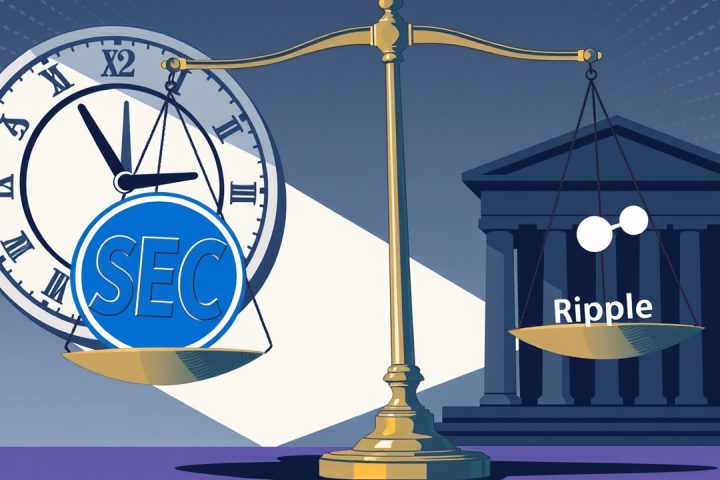Emerging Markets and the Shift to Stablecoins
According to a recent analysis by Standard Chartered Bank, the coming three years may see a staggering transfer of $1 trillion from bank deposits in emerging markets to stablecoins. This shift is largely driven by the desire of individuals and businesses to circumvent local banking systems while easily accessing dollar-denominated assets.
Expert Insights
Geoffrey Kendrick, the head of Digital Assets Research at Standard Chartered, along with Madhur Jha, Global Economist and head of Thematic Research, likened stablecoins to a
“dollar-denominated bank account”
for users in these regions.
Market Dynamics
Emerging markets, where a considerable portion of the population remains unbanked, have historically been fertile ground for the adoption of stablecoins. Even in light of U.S. regulations like the GENIUS Act, which imposes a zero-yield condition on compliant issuers, the momentum for stablecoins may continue to gain speed. Many users prioritize the preservation of their principal over earning interest.
In fact, Standard Chartered anticipates that by 2028, the overall market valuation of stablecoins could soar to $2 trillion. Notably, a significant two-thirds of the current stablecoin supply is believed to function as savings derived from deposits in these emerging markets—a trend supported by insights from the U.S. Department of the Treasury.




